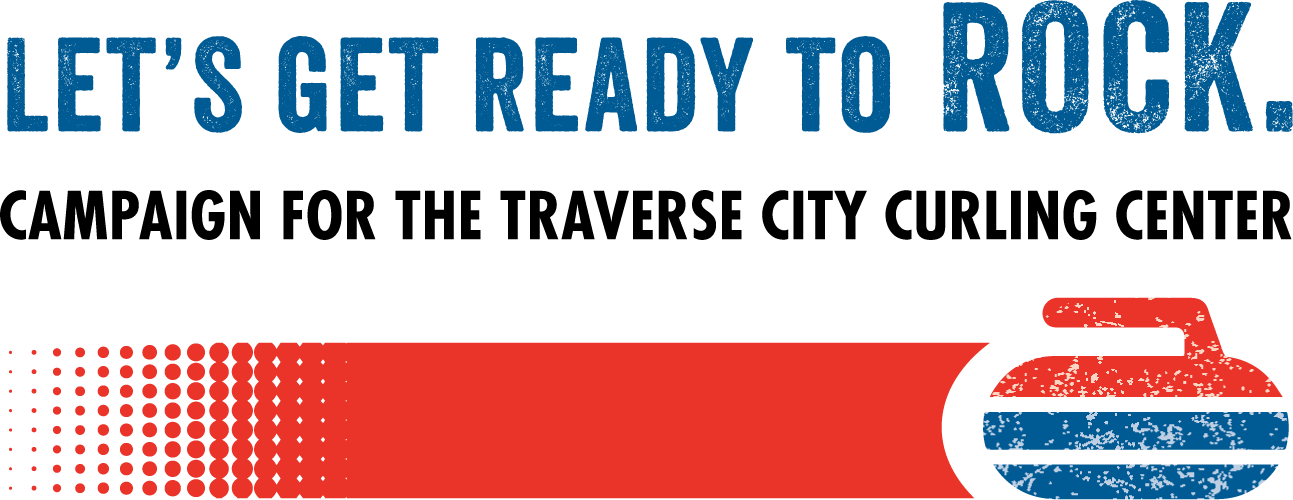

FUN FOR ALL
Respect is one of the fundamental principles which underpin the Spirit of Curling. Photo: WCF/Richie Laurie Photo: WCF/Richard Gray
The Spirit of Curling
The Spirit of Curling is a commonly used term in the sport. It refers to the respect curlers show, not only to one another, but also to the sport itself. It is encapsulated by the saying that a curler would rather lose than win unfairly. The Spirit of Curling plays a crucial role not only in professional curling, but also in local curling. In most leagues across the world there are no referees or officials. Rules are based on the Spirit of Curling and every curler should adhere to this etiquette when playing.
Players do not attempt to gain an advantage in the game through any malice, whether by breaking the rules, distracting opponents or acting in an unsporting manner, which would effectively disadvantage their opponents. Players call penalties on themselves and the opposing team has options for their recourse. However, if the infraction did not result in a big change of outcome or trajectory, the small “burning of a stone” is forgiven. Even at the highest level of the sport, players are expected to call their own fouls and concession is seen as an honorable act when there is no chance of winning a match.
Modest celebration is warranted rather than excessive celebration and it is seen as good etiquette to acknowledge a great shot or spectacular play made by the opponents. Heckling, celebrating mistakes, or negative comments are seen as bad form and poor etiquette.
A match traditionally begins with teams exchanging handshakes and saying “good curling.” The match is concluded with “Broomstacking;” a friendly time where both teams sit down to socialize and the winning team buys the losing team a drink.
While the main objective of the game is to determine the relative skills of the players, the Spirit of Curling demands good sportsmanship, kindly feeling and honorable conduct. This spirit should influence both the interpretation and application of the rules of the game and also the conduct of all participants both on and off the ice.
Curling is The fastest-growing winter sport in AmeriCa

Curling Background
The Sport of Curling is an international sport with Scottish roots dating back to the 16th century. It is the fastest growing Olympic sport it the US. Curling is a sport of precision sometimes referred to as “chess on ice”. It demands that the team “deliver” a stone across more than 100 feet before coming to rest in a very specific location. It is a game that is won or lost by mere inches. As such, meticulous care is put into the playing surface (ice) to ensure that it is level, clean, free of impurities and at an ideal temperature for curling.

Curling Terms
BONSPIEL
a tournament in which curlers compete.
BROOM
also called a brush, used to sweep the ice surface in the path of the stone. This aids the stone in traveling farther or to minimize the curl of the stone.
HOUSE
also known as the rings, the name of the giant bull’s eye at either end of the sheet of ice. It consists of a set of concentric circles — the 12-foot, 8-foot, 4-foot, and the button.
HURRY HARD
directive given to sweepers by the skip or third, to begin sweeping.
ROCK
also known as a stone, the granite playing utensil that a curler delivers. Regular-sized rocks weigh approximately 44 pounds.
SLIDER
slippery material placed on the sole of the shoe to make it easier to slide on the ice.
SWEEPING
action of moving a broom back and forth in the path of a moving stone.
TAKE OUT
removal of a stone from the playing area by hitting it with another stone.
Introduction to Olympic Curling
When curling became an official Olympic sport in 1998, a new generation of Americans discovered the sport. Curling has become more mainstream with the extent of Olympic coverage and a well-received broadcast of Curling Night in America now in its fifth season. Curling has unique traits that appeal to many. It doesn't require flying dozens of feet above the snow praying you land on your feet. No marathon-like stamina. The equipment needs are minimal. It isn't terribly expensive to play. Olympic curlers appear to have rather ordinary physical capacity. It's a game the average Jane/John Doe can visualize themselves doing — and even doing it well. What the 2018 U.S. Olympic men's team revealed to a record number of Americans is the heart of curling. Tradition. Respect. Integrity. Fun. Curling is a game that can be enjoyed at any age, male or female. It’s played by people who use wheelchairs. It's inclusive. It exemplifies true sportsmanship. By the closure of the 2018 Olympics, America had fallen in love with the sport of curling.








